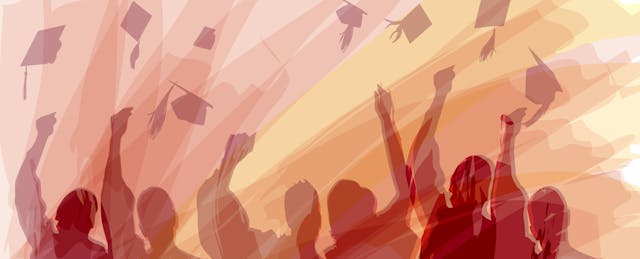Innocent is one of the fastest students in the class. When I need to get something somewhere in a hurry, he is the man for the job. I call his name, explain the task and hand him the book to return to the library or the cord to the computer needed in a room one floor below. He accepts the task with a smile and flies there and back in an amazingly short amount of time. When he returns to class he quickly picks up where he left off on his lessons and begins working.
Innocent is 20 years old and one of 10 children. His family immigrated to the United States a year ago as refugees from a war-torn country. He has developed as a class leader, often using his distinct baritone voice to help peers organize during activities. It is easy to imagine how he would be successful at corralling his younger siblings with his booming voice and beaming smile.
Unlike Innocent, Muan moves slowly and does not like attention. She is cautious and when she speaks, which is rarely, her voice is light and her pronunciation deliberate. She and her family are also refugees. Like Innocent she is 20 years old, but the eldest of four children, with two of her siblings also attending our school. There is a toddler at home, and her parents have not yet found employment. Muan had little formal education prior to immigrating and is a student who can hide in plain sight, and clearly prefers anonymity in the classroom. She lacks confidence in her abilities to speak in English and to produce satisfactory work, and is visibly uncomfortable when called on to read aloud or present her work. Although she is quiet, Muan is kind and well regarded by her peers.
As different as these students are in personality, they are equally thriving in a new program for English language learners in danger of aging-out of traditional high school. Called Accelerate to Graduate (A2G) this program is being piloted at Iroquois High School in Louisville, Ky, where I teach. The program is designed in response to young adult immigrants enrolling in our district with hopes, but little expectation of earning a high school diploma—the minimal entry point for most jobs and higher education in the United States.

Of the 35 students enrolled in this first year, 27 students, including Innocent and Muan, will graduate this month, diploma in hand, and four students may return next year to complete their credits. Approximately a third plan to enroll in community college in the fall, including Innocent, while Muan and several others are considering it for their futures, too.
Louisville provides a new home for immigrants and refugees from all over the world. Kentucky Refugee Ministries and Catholic Charities resettle immigrant and refugee families from Africa, Asia and the Middle East. Other students arrive from South and Central America and many are from Mexico or Cuba. Louisville has become an epicenter for immigrant relocation in this region of the United States, and approximately 8,000 English learners are enrolled in our district. Students in the A2G program speak two, and as many as five languages, including English.
This program was envisioned to provide a pathway to high school graduation for immigrants and refugees who are past the traditional high school ages of 14-18. A performance-based program, it is designed to provide concentrated lessons in English language acquisition and core content areas such as math and history. Each student has a list of courses and credits needed to graduate, and teachers group students together to work on common courses. Students also get a daily “Power Hour,” a time for both independent work and collaboration with teams for projects and presentations.
By focusing students on meeting prescribed standards, they can earn credits faster than usual. The key to the program is that once students meet the essential standards for core content classes, they complete the course and are enrolled in additional courses without having to wait for the next semester.

For example, students enrolled in Algebra II, U.S. History and English 2 and 3 recently collaborated on building catapults. The students studied parabolas in Math, they compared ancient weaponry to the weapons used during the American Civil War and wrote pieces in English that predicted how the catapult would work when tested.
Like Muan and Innocent, most of the students in the program have experienced interruptions in their formal education. Some may have missed several consecutive years of formal education, all due to circumstances beyond their control. With this program, we seek to put students back in control of their learning by providing a differentiated, rigorous program to prepare them for graduation.
This first year of A2G has shown that it is possible for students who may never have envisioned themselves as high school graduates to move quickly toward that goal. We know this program cannot remove every barrier faced by immigrant and refugee students as they build lives in the U.S. Importantly, we believe the strength of our program lies in supporting students like Innocent and Muan to move through their studies at the speed that works best for them, while following their own paths.


